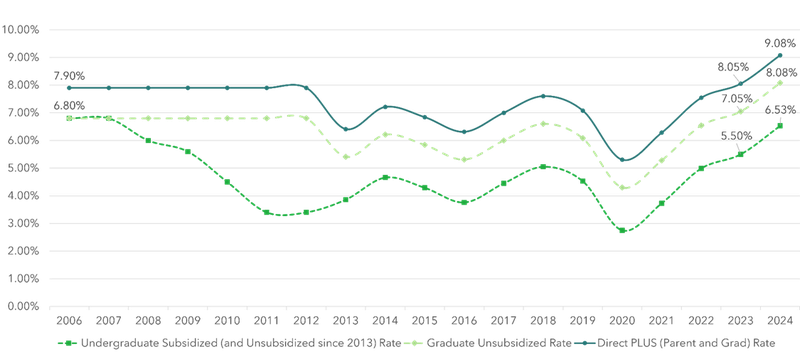Interest Free Student Loans_ A Guide to 2018 Options
Interest-Free Student Loans: A Guide to Funding Your Education (and Avoiding Debt)
Higher education is a significant investment, and for many, student loans are the key to unlocking that opportunity. However, the thought of accruing substantial debt, along with the accompanying interest, can be daunting. That’s why interest-free student loans can seem like a dream come true. But are they really an option? And if so, how do you find them?
While completely interest-free student loans are rare, they *do* exist, and exploring your options is crucial. This guide will delve into what you need to know about securing funding for your education without the burden of interest charges. Keep in mind that information and availability can change, so it’s essential to conduct thorough research based on your specific circumstances and location.
Understanding Interest-Free Loans: What Are They?
Essentially, an interest-free loan means you only repay the principal amount borrowed. You're not charged any additional percentage on top of the borrowed sum. This can save you thousands, potentially tens of thousands, of dollars over the life of the loan. The difference between repaying a loan with interest and an interest-free loan is staggering.
Where Can You Find Interest-Free Student Loans?
The availability of interest-free student loans varies considerably depending on your country, state, and the specific institutions you're considering. Here are some avenues to explore:
*
Government Programs (Limited):
While truly interest-free loans are uncommon from national governments, some regions may offer subsidies or programs that effectively reduce interest to zero for certain periods or under specific conditions. Research your local government's student aid website for specific details. Look for programs targeting specific fields of study or students from disadvantaged backgrounds. Even subsidized loans, which have the government paying the interest while you're in school, are a great advantage.*
University-Specific Programs:
Some universities, particularly those with large endowments or a strong commitment to accessibility, offer interest-free loans to their students. These are often need-based and may have specific academic requirements. Check the financial aid section of the university's website and speak with a financial aid advisor. Don't hesitate to directly inquire about any "zero-interest" or "interest-free" loan programs they might offer. These programs are often highly competitive.*
Charitable Organizations and Foundations:
Many charitable organizations and private foundations provide grants and scholarships to students pursuing higher education. While these are not *technically* loans, they function as interest-free funding since they do not require repayment. Seek out organizations that align with your field of study, background, or personal circumstances. Websites that aggregate scholarship information can be very useful resources.*
Family and Friends:
While this may not be the most conventional route, consider discussing your funding needs with family members or close friends. You could potentially negotiate an interest-free loan agreement with mutually agreeable terms. Make sure to formalize the agreement in writing to avoid any misunderstandings down the line.*
Employer Sponsorship:
Some employers offer tuition reimbursement or even direct sponsorship programs for employees pursuing further education that is relevant to their roles. This often comes with a condition of continued employment for a specific period after graduation, but is essentially interest-free funding.Important Considerations:
*
Eligibility Requirements:
Interest-free loan programs often have strict eligibility requirements based on financial need, academic performance, field of study, or other factors.*
Loan Terms:
Understand the loan repayment terms, including the repayment period and any penalties for late payments. Even if the loan is interest-free, late fees can add up.*
Alternatives:
If you can't find a fully interest-free loan, explore other options such as scholarships, grants, and federal student loans with income-driven repayment plans. Compare the total cost of borrowing under different scenarios.*
Thorough Research is Key:
Loan programs and scholarships change constantly. It's your responsibility to seek out the most up-to-date information from trusted sources.The Bottom Line
Securing an interest-free student loan can significantly ease the financial burden of higher education. While they may be challenging to find, they're not impossible. By thoroughly researching all available options, carefully considering eligibility requirements, and exploring alternative funding sources, you can increase your chances of graduating with minimal debt. Remember to always verify information directly with the lending institution or organization. Good luck!
Want to know more about options in 2018? Read the original article here: Interest Free Student Loans_ A Guide to 2018 Options .

Comments
Post a Comment